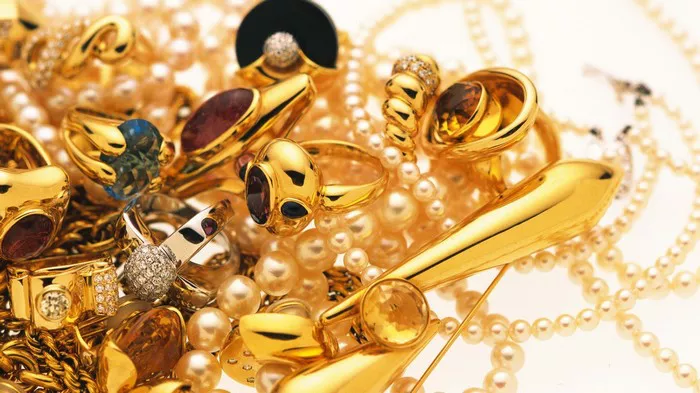The global jewelry appraisal market is anticipated to witness substantial growth, with a forecasted increase of USD 1.81 billion during the period from 2023 to 2028, marking a notable CAGR of 9.42% throughout the forecast duration.
A significant catalyst propelling this growth trajectory is the surging popularity of vintage and antique jewelry. The allure of vintage and antique pieces lies in their distinctive charm, historical significance, and often, intrinsic value, setting them apart from mass-produced contemporary alternatives. Notably, a burgeoning interest in unique, historical artifacts, particularly in regions such as France, India, and the UAE, underscores the imperative for precise appraisals to ascertain the authenticity, rarity, and value of these timeless treasures.
Furthermore, antique jewelry, characterized by intricate craftsmanship, rare gemstones, and historical significance, underscores the importance of meticulous appraisal for both buyers and sellers alike. Beyond mere valuation, professional appraisals furnish invaluable insights into the origin, constituent materials, and historical context of the jewelry, facilitating a comprehensive understanding of its worth. Additionally, the inclination towards refurbishing vintage pieces or infusing them with a modern flair underscores the need for expert evaluation, thus bolstering market growth in the forecasted period.
A pivotal factor shaping the market landscape is the increasing adoption of cutting-edge imaging and 3D technologies. Leveraging advanced imaging tools like high-resolution microscopy and three-dimensional (3D) imaging, appraisers can conduct thorough assessments of gemstones, scrutinizing every nuance, inclusion, and characteristic to derive precise valuations.
Nevertheless, the proliferation of synthetic gemstones and diamond simulants presents a formidable challenge to market growth. The evolution of high-quality synthetic alternatives closely mirroring the aesthetics of natural gems poses a daunting task for appraisers in discerning between genuine and synthetic stones without specialized testing. Consequently, the reliance on traditional visual inspection methods becomes inadequate, necessitating the utilization of advanced gemological equipment for accurate identification.
In this context, failure to differentiate between natural and synthetic stones not only compromises the integrity of valuation processes but also undermines the overall credibility of the global market. Consequently, such challenges impede market expansion in the forecast period.
The comprehensive report on the jewelry appraisal market offers a holistic analysis encompassing market size and forecast, prevailing trends, growth drivers, challenges, and vendor analysis covering approximately 25 vendors. It provides a contemporary assessment of the market scenario, highlighting the latest trends, drivers, and the overall market milieu.

